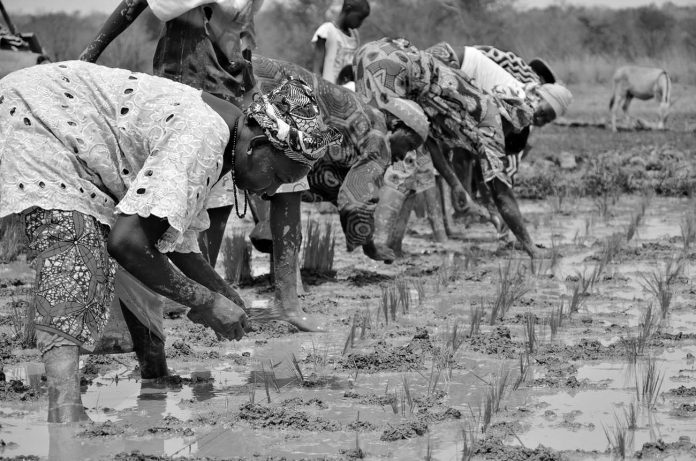Rice Production in Tanzania – Overview, History and More
Tanzanian rice consumption grew dramatically from 94,000 MT in the 1960s to 1,800,000 MT of milled rice in the 2010s. Tanzania’s local milled rice supply in 2013 was roughly 1,200,000 MT, making it Africa’s 7th largest rice producer. Since the 1950s, the population of Tanzania has been steadily growing, with rural residents flocking to big cities like Arusha and Dar es Salaam in the 1970s. Consequently, urban regions have a big consumer population. Because urban consumers prefer rice over traditional staples like tubers and maize, the supply of milled rice domestically has been steadily rising since the 1980s. As a result, consumption per capita has been steadily rising during the 1990s, as measured by dividing domestic consumption by the total population. The country’s urbanization and changing consumer tastes are projected to continue, therefore rice consumption is expected to rise soon.
Quick Dive on Rice Farming Tanzania
Tanzanian rice output expanded from the 1960s to the 2010s in response to rising rice consumption. This gain was achieved mostly via increased farm area instead of increased productivity. Although rice cultivation rose ninefold from 100,000 ha in 1960 to 960,000 hectares in the last decade (2007–2016), the average rice yield rose just 1.8 times (1.2-2.2 t ha−1). This minor rise in rice production varies from the substantial growth in South, Southeast, and East Asian nations of 2.1–4.8 t ha−1 during the same time.
Rice production in Tanzania has a lengthy history in Tanzania. Rice is farmed in a variety of habitats, including semi-arid regions receiving below 800 millimetres of rainfall, humid regions receiving over 1500 mm, and lowland areas. Indica rice varieties, which are considered to have been carried to the country by sea traders, have been able to adapt to the nation’s conditions, resulting in the production of several indigenous cultivars. A combination of various habitats and abundant genetic resources has resulted in the establishment of distinct rice agroecosystems across the country. Rice markets have grown in several locations in the past few years, enticing a lot of small-holding farmers to grow rice. Rice researchers striving to enhance the country’s rice output face significant obstacles due to the distinct agroecosystems and more complex rice markets. As a result, this study examines past published literature on rice agroecology, the rice value chain, and pricing factors, as well as the difficulties and history of rice research in the country. Based on the findings, another research paradigm for rice production in Tanzania is recommended, with a strong emphasis on addressing customer expectations.
The History of Rice Production in Tanzania
Rice Growing Areas in Tanzania
Sea traders are believed to have brought Oryza sativa 2000 years ago to Tanzanian coastal areas such as Kilwa and Zanzibar. Irrigated rice farming was introduced to Zanzibar’s Pemba Island when the island was being Islamized from the 8th to the 15th century. Irrigated rice farming was already underway on a small scale in the Morogoro area the Kilombero valley, and the Mbeya region’s Usangu basin on the mainland by the start of the nineteenth century. Arab slave traders grew rice around their bases of trade in interior regions in the mid-nineteenth century, enabling rice cultivation to spread to northern Tanzania. In the 1930s, Indica rice varieties were produced as a commercial crop in northern Tanzania.
The colonial administration established the 1st modern irrigation system for rice cultivation (1000 hectares) in Morogoro’s Kilangali in 1948; the plan was dismissed in 1951. Following the Arusha Declaration in 1967 (policy on self-reliance and socialism), donor countries, particularly North Korea and China, provided financial support to government-owned rice irrigation facilities. The biggest state-owned projects are Dakawa (2000 ha), Mbarali (3200 ha), Kapunga (3000 – 4000 ha), and Ruvu (725 ha). Overall, poor management practices resulting from budgetary restrictions lowered the cultivated area and productivity in state-owned programs. Liberalization of the Tanzanian market began in 1986, attracting a large number of private firms to the country’s rice sector. Consequently, rice markets expanded throughout the nation, enabling small-scale growers to increase rice production in Tanzania.
For more articles related to Food Crops in Tanzania, click here!


































